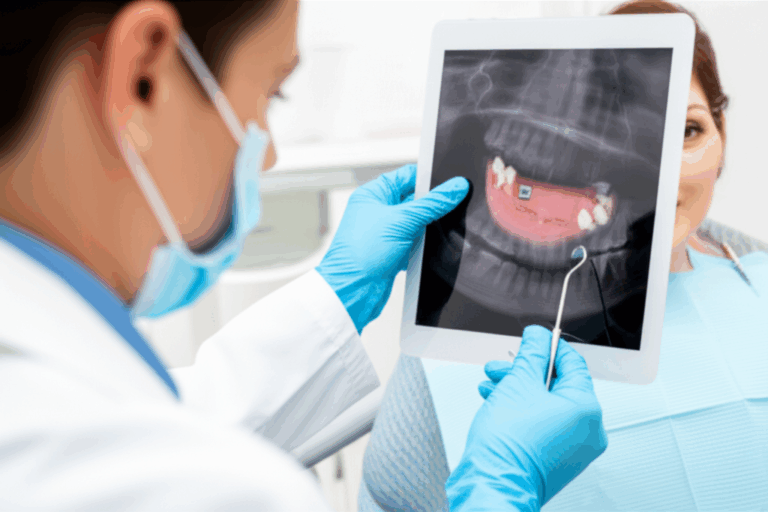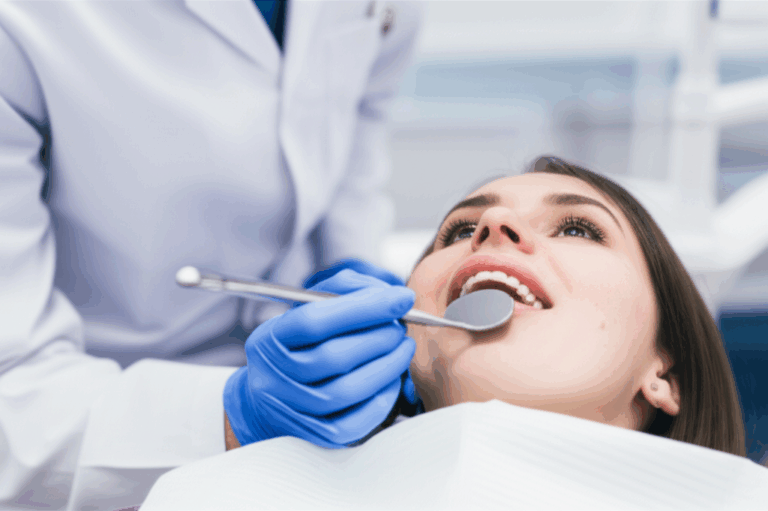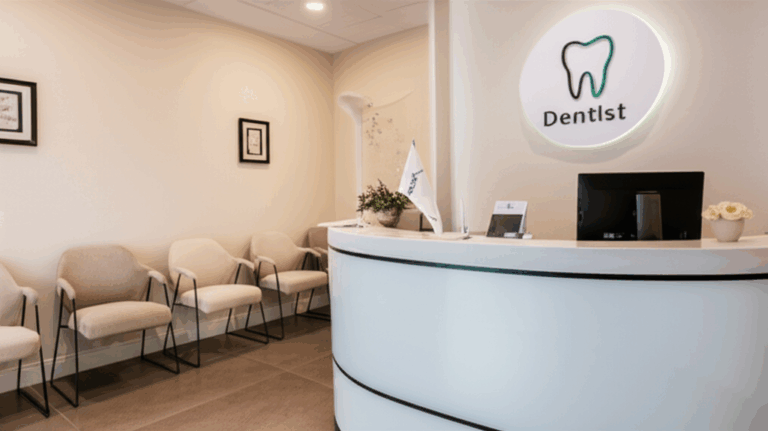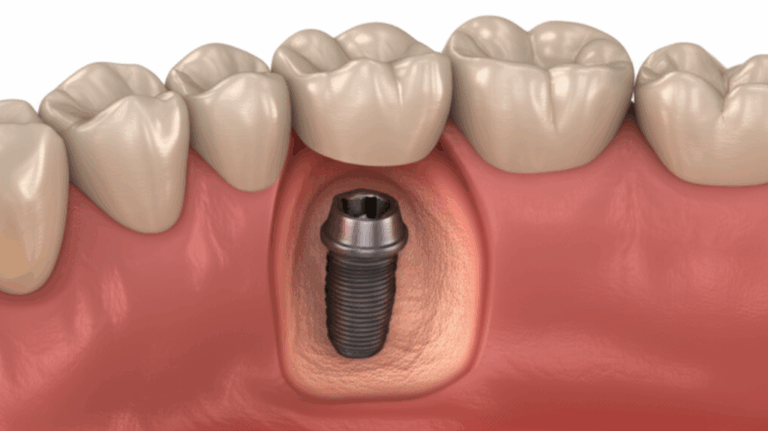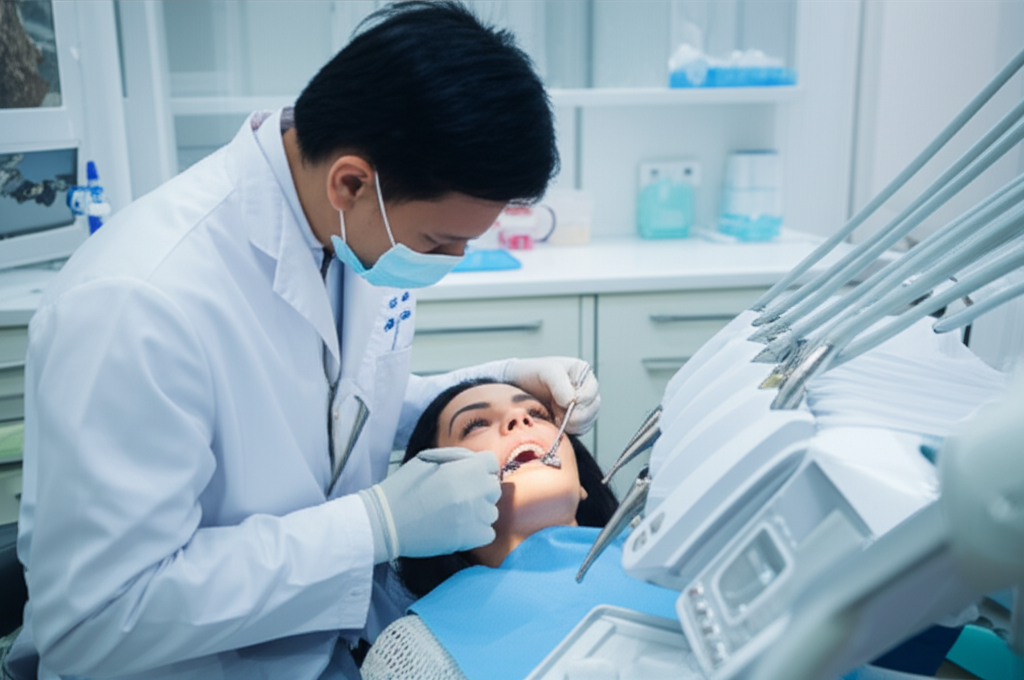
Dental Implant Cost in the Philippines: My Complete Guide to Prices, Inclusions, and Savings
Table of Contents
- Introduction: My Experience Uncovering Dental Implant Costs in the Philippines
- What to Expect: The Actual Cost of Dental Implants in the Philippines
- Single Dental Implant: Price Breakdown
- Multiple Dental Implants and Bridges: Weighing the Options
- Full Mouth Solutions: All-on-4 and All-on-6 Costs
- Key Factors That Affect the Price Tag
- Implant Materials and Brands: Not All Are Alike
- Complexity and Pre-Implant Procedures
- Location, Clinic, and Dentist Credentials
- Other Costs and Aftercare Surprises
- What’s Really Included in Dental Implant Prices in the Philippines
- Usual Inclusions
- Hidden and Extra Costs You Should Watch Out For
- How to Make Dental Implants Affordable: Payment and Savings Tips
- Why I Chose the Philippines for Dental Implants
- Finding the Right Clinic and Dentist: Lessons Learned
- My Answers to the Most Frequently Asked Questions
- Conclusion: What You Should Remember About Dental Implant Costs in the Philippines
Introduction: My Experience Uncovering Dental Implant Costs in the Philippines
I’ll tell you straight. When I first wanted a dental implant, the prices in my own country shocked me. So, I started looking at getting dental work done overseas, and the Philippines kept popping up as a good option. As it turns out, lots of people—locals and people from other countries—go to the Philippines because you can get good care for less money.
But just asking “how much is a dental implant in the Philippines?” gets you all sorts of different answers. I had to research, email clinics, and talk to dentists to really understand where all my money would go. In this guide, I’ll share everything I found so you know what to expect, how to read those price sheets, and how to avoid surprise costs.
What to Expect: The Actual Cost of Dental Implants in the Philippines
Let’s get to the point, since this is probably the big question on your mind.
Single Dental Implant: Price Breakdown
For one full dental implant—the kind with a metal post in your jaw, a connector, and a crown that looks like a tooth—the usual cost in the Philippines is about PHP 50,000 to PHP 80,000. That’s roughly $900 to $1,450 at today’s exchange rates.
This price often includes:
- The implant post (most often titanium, sometimes zirconia), which goes into your jaw.
- The abutment, which hooks the post to the crown.
- The crown itself, which is often made using porcelain with a metal base, but sometimes all-ceramic or zirconia (these can cost more).
Some clinics only show you the price for the surgery or the implant post, so you have to check if the abutment and crown are included.
Multiple Dental Implants and Bridges: Weighing the Options
If you’re missing more than one tooth, you don’t always need an implant for every spot. Here’s what I found:
- Two separate implants with their own crowns: PHP 100,000 – 160,000
- Implant-supported bridges save you money (for example, two implants holding up three teeth with a bridge in the middle) and will usually be a bit cheaper than three single implants.
What you pay depends on what your dentist recommends, which materials you want, and if your mouth needs extra work first.
Full Mouth Solutions: All-on-4 and All-on-6 Costs
If you have no teeth in a whole row (like a full upper or lower jaw), All-on-4 or All-on-6 treatments might be for you. These use just four or six implants to hold a full row of teeth.
- All-on-4 (per row): PHP 250,000 – 450,000 ($4,500–8,000)
- All-on-6 (per row): PHP 350,000 – 600,000 ($6,300–10,800)
These numbers may look high, but if you check what it costs in other countries, it’s still a lot cheaper. Plus, sometimes you only need one big trip, and any follow-up visits can be fitted into your travel plans.
Key Factors That Affect the Price Tag
Not all implant jobs cost the same. Here are some things I figured out that can make the price higher or lower.
Implant Materials and Brands: Not All Are Alike
Believe it or not, dentist implants have “brand names” too! Most clinics offer:
- Titanium implants (most common and cheapest, top brands are Nobel Biocare, Straumann, Osstem)
- Zirconia implants (no metal, look better, cost a bit more)
Big brand names are more expensive, but might last longer and have better warranties. Cheaper brands drop the price, but you want to make sure your dentist isn’t using poor materials. I always ask what brand they use.
Complexity and Pre-Implant Procedures
Even if the implant itself costs X, that’s not always your only bill. Sometimes your jaw needs a little work first:
- Bone grafting: If you lost teeth a while ago, you might need this. Small grafts cost PHP 15,000 – 30,000; bigger sinus lifts can be PHP 40,000 – 80,000.
- Tooth extraction: If the bad tooth is still there, taking it out costs PHP 3,000 – 8,000.
- Gum disease treatment: Your gums need to be healthy for implants. Some clinics include this, others don’t.
So, what your mouth looks like can push up your final bill.
Location, Clinic, and Dentist Credentials
Prices are higher in big cities (like Manila, Makati, Cebu, Davao), especially in fancier clinics or ones famous with tourists. But you also get new equipment and dentists who studied abroad.
Smaller town clinics might charge less, but may not have the best tools. I decided not to be too cheap here—getting it done right saves money and hassle later.
Always check your dentist’s papers. It’s good if they’re board certified, have taken extra classes, and have happy patients.
Other Costs and Aftercare Surprises
Some things aren’t clear at first:
- X-rays or CT scans: Add about PHP 3,000 – 8,000.
- Temporary dentures or bridges while you heal: PHP 5,000 – 15,000.
- Follow-up checkups: Sometimes free, sometimes not.
It’s always smart to ask what happens after surgery. Implants aren’t just a “one time and done” thing.
What’s Really Included in Dental Implant Prices in the Philippines
This part can make a big difference in what you actually spend.
Usual Inclusions
A regular implant package usually has:
- Consultation and planning: May or may not include x-ray fees. Sometimes first checkup is free, sometimes not.
- Implant surgery: This is when the dentist puts the post in your jaw. It covers the dentist’s fee, use of the operating room, cleaning, and the implant piece itself.
- Abutment placement: The little post the crown sits on.
- Crown making and fixing: The tooth part, usually made in a lab from porcelain or metal/ceramic.
Some clinics give you one “all-in” price, others break down every item.
Hidden and Extra Costs You Should Watch Out For
Don’t just look at the first price you see.
- Tests and medicines before the operation: Can be extra.
- Sedation or special anesthesia: If you need to be put to sleep, costs are higher.
- Temporary teeth during healing: Important for front teeth.
- Problems or needing fixes: Not common, but not impossible. Ask about warranties, especially for the implant.
It’s kind of like buying a burger—you want to know if it comes with fries and a drink or not.
How to Make Dental Implants Affordable: Payment and Savings Tips
Even in the Philippines, implants cost a lot. Here’s how I handled it:
- Cash payment discounts: Clinics usually knock off 5–10% if you pay cash.
- Payment plans: Lots of dentists let you pay over time.
- Dental loans and financing: Some clinics work with loan companies. Read the rules and check for extra charges.
- Dental tourism deals: If you’re visiting, some package deals cover your pickup from the airport, rides, and even hotel stays.
- Dental insurance: Most plans don’t pay for implants, but always check.
- Shop around: Compare clinics, but don’t just pick the lowest price—think about the dentist’s reputation too.
I got a quote that listed every fee, and that really saved me from extra charges later.
Why I Chose the Philippines for Dental Implants
You might wonder if it’s really worth coming to the Philippines for dental work. For me, yes. Here’s why:
- Big savings: I saved at least half versus what I’d pay in the U.S., even counting my flight.
- Good care: Filipino dentists often train in other countries and use top brands.
- Modern clinics: Top clinics in Manila or Cebu look just like the ones in big Western cities.
- Dental tourism bonus: You can hit the beach between checkups!
Really, the price difference made it possible for me to get the work done.
Finding the Right Clinic and Dentist: Lessons Learned
This takes a little work, but it matters. Here’s what I did:
- Check training and experience: I looked for dentists in the Philippine Dental Association, and those with implant training.
- Read reviews: I checked Google, Facebook, and dental travel forums for feedback.
- Clinic cleanliness: I made sure the place looked clean and followed safety rules.
- Honesty: The best clinics answered all my questions about price, brands, and how well implants work.
For tough cases or bigger jobs, I liked clinics that worked with a trusted implant dental laboratory or a good crown and bridge lab. And if you want high-strength ceramic crowns, it helps if your clinic uses a zirconia lab.
My Answers to the Most Frequently Asked Questions
Is a cheap dental implant always bad?
Not always, but be careful. A very low price might mean poor materials or a dentist with not enough training. Always ask for a breakdown of the costs and what brands will be used.
Can I get a full set of implants in one trip?
If your mouth is healthy, you might get temporary teeth right away. But most times (especially for a full row), you need two visits: one for surgery, another for the final teeth after healing.
How long does the full implant process take?
Anywhere from three months (if you heal fast) to six months or more if you need extra bone work. Always ask your dentist for a realistic schedule.
Are dental implants covered by PhilHealth?
PhilHealth usually doesn’t pay for dental implants since they’re seen as extra. Some medical insurance from the government pays for simple surgeries, but not for implants.
What is the success rate of implants in the Philippines?
Good clinics can do just as well as clinics in the USA or Australia, with success over 95%. So it’s worth picking a dentist with a great track record.
Conclusion: What You Should Remember About Dental Implant Costs in the Philippines
Understanding what goes into dental implant prices in the Philippines helps you make smart choices. Don’t look for just the cheapest; check what’s covered, think about your mouth’s needs, and find a dentist who puts your safety and the life of your new teeth first. If you do your homework, trust your feeling, and ask lots of questions, you can get top results for a price that lets you show off your smile.
After all’s said and done, I know my new teeth were worth it. And if you’re thinking about dental implants, I hope what I learned helps you pick the best for your smile and your budget.
Ready to learn more about dental restoration options? Discover how digital technology is changing tooth replacement with this in-depth look at a leading digital dental lab.

